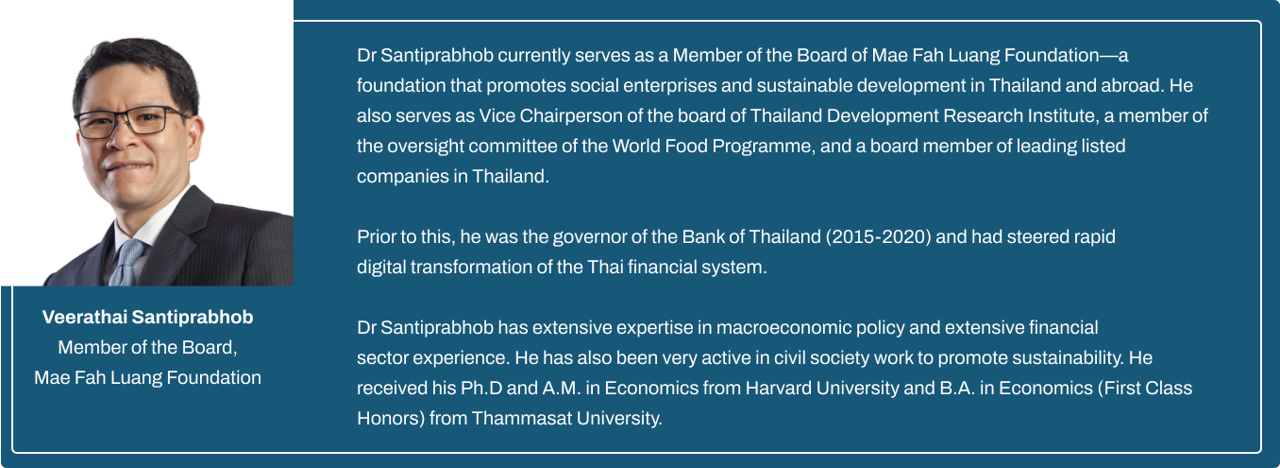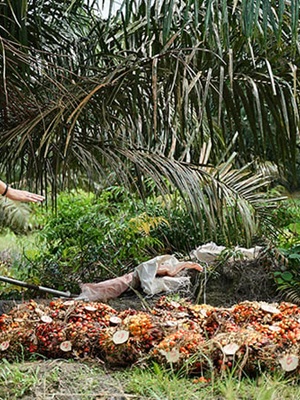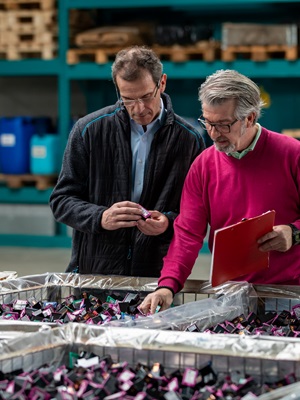Fashion—fast; slow; luxury; device-based… It is assumed that some, if not most, are familiar with the fashion industry.
But, are they really?
Perceptions of the Fashion Industry and Sustainability, The Hero
Fast fashion, in fairly recent times, is known to be the unethical production of garments in less developed countries where human rights are usually compromised. It is the continuous production of new, in-trend, low-priced garments to increase profits by garnering immense sales—without much effort to uphold corporate social responsibility (CSR) in caring for our planet.
Sustainability is then brought into the picture to overcome these problems.
It has two narrative angles: On one hand, the fashion brands themselves must and should uphold CSR while on the other, the consumers themselves should too, engage in sustainable and ethical practices. Essentially, sustainability for the consumer seems to be about the educated choice of only supporting sustainable brands and environmentally friendly habits such as reusing garments, thrifting, upcycling etc.
However, the issue lies in the preaching of sustainability and ethics even though there lacks an understanding of how the fashion industry works in the context of today’s society.
Reality Check: Feasibility of “Sustainability”
The fashion industry’s landscape is globalised and competitive. Due to little demand for sustainability efforts from fashion brands, the costs of adopting such business models are high. It then leads to fashion brands opting for cheaper, less sustainable and unethical methods in running their businesses, creating a vicious cycle. Additionally, what makes it difficult to achieve is that there is likely going to be the inevitable contribution to carbon footprint from the transporting of goods and services due to the extent of the interconnectedness of our trade system.
In other words, what some have been urging fashion brands and consumers to do in the name of “sustainability” is: One, highly likely to be unfeasible for fashion brands in today’s context and Two, Greenwashing, i.e. not true sustainability. After all, the fashion industry is essentially a business industry, and the only way to survive is to remain competitive.
Fast fashion and its discontents are collective action problems. Hence the potential problem of free-riding with regards to the first point. Why don’t fashion brands just start with sustainability from their inception? Most of them could. However, considering competitive business landscapes, why would a fashion brand want to dedicate more energy and resources to sustainable and ethical efforts when they are not incentivised to do so?
This mentality is exacerbated because of the awareness of sustainability’s key characteristic — its benefits from one person’s efforts are accessible to all, including those who don’t contribute. To illustrate, let us consider 3 countries, X, Y, and Z. Country X considers going all out on environmentally friendly policies. This means that all countries benefit from the cleaner air and less polluted environment, but there’s no guarantee that Countries Y and Z will follow in their steps of environmental policies. Extrapolating on this model from countries to firms, we understand that efforts become a clash between keeping a business competitive and healing the environment.
![pasted_image_0[1].png](/images/digitalhublibraries/articles-categories/87d1a153-021f-4f0d-93e7-2a026505adf1.png?sfvrsn=fba9e954_2)
Complexity of Decisions Regarding Sustainability. | Photo Credit: Wiley Miller
The second problem, greenwashing, was coined in the 1980s by environmentalist Jay Westerveld. It still persists up to today. Greenwashing refers to the misleading portrayal of a company as an environmentally conscious brand when its practices are not. Many fashion brands have leveraged this tactic to capitalise on the growing demand for environmentally sound products.
Examples of greenwashing include claims that recycling is incorporated into production, or claims that purchases lead to tree-planting initiatives that do not get fulfilled. According to the “Synthetics Anonymous” report by the Changing Markets Foundation, companies such as H&M, Gucci, Zara, ASOS, to name a few, did not meet their sustainability claims.
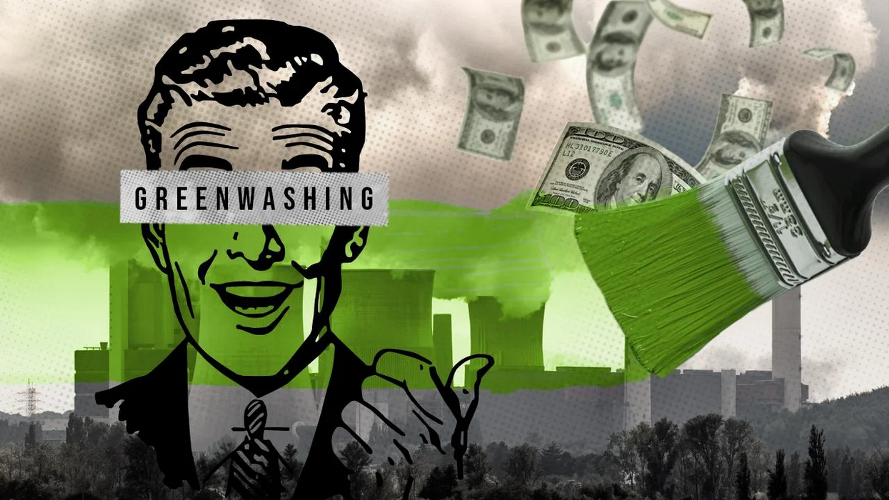
Greenwashing. | Photo Credit: Devon Gailey
“I would question whether any of us could identify a brand or piece of clothing that ticks all of those boxes” of sustainability and CSR, Dr Patsy Perry, Reader in Fashion Marketing at Manchester Metropolitan University, highlighted in the “Re-Imagining Global Fashion Business: New Models, Values, and Ideas” event held in July this year.
It is evident that our understanding of the fashion industry and sustainability can be limited. In fact, the “sustainability” mentioned so far that we have been advocating on social media now seems to be more of advocating eco-friendliness and zero carbon emissions instead of actual sustainability, doesn’t it?
For instance, you may have thought that the usage of compostable mailer bags makes a fashion brand sustainable. After all, compostable things are way more eco-friendly than single-use plastics, right? Sure, this is eco-friendly, but may not exactly be sustainable. “What works in one society will not work in another, cultural norms and practices differ from place to place.” emphasised Caitlyn Hopper, an academic who spoke at the “Re-Imagining Global Fashion Business: New Models, Values, and Ideas” event. She shared an account of a fashion brand that ended up opting for single-use plastics over compostable mailers. The business had looked into their consumers’ day-to-day activities and discovered that most didn’t have access to home composting, meaning the resources used to produce compostable mailers wouldn’t be maximised. For the majority of their consumers, the most sustainable thing the business could do was to use 100 per cent soft plastic materials for mailing purposes that could go into existing recycling systems near people’s homes.
In essence, the “sustainability” we have been advocating must be redefined to suit the context of the circumstances our societies are in. The original meaning of the word is all about endurance and continuation but it’s been “subsumed into the fashion landscape to signify clothing that maximizes positive and minimizes negative environmental, social and economic impacts along its supply and value chains”, says Dr Perry.
Sustainability does not just mean “eco-friendliness” and a zero-carbon footprint. It should not be seen as completely eliminating the option of buying from fast fashion brands or only buying from sustainable ones (a zero-sum game); rather, it should be about balance—achieving net-zero carbon emissions.
Well, what we’ve been pushing for all this time may be unfeasible to all. What now?
New Models for Fashion
Policies for Degrowth – Setting the Standards
I believe we are all quite aware of the endless list of how we, as consumers and designers, can work towards degrowth. Be it thrifting, buying second-hand garments, charity shopping, donating, recycling, upcycling, reducing consumption…
However, as mentioned earlier, engaging in some of these efforts may not be viable. Here’s why; Green Peace, a network of national regional organisations that uses non-violent creative action to confront systems that threaten the environment, shared that the recycling of textile fibres is “nowhere near possible” because the technologies required to recycle synthetic fabrics are “not commercially viable at this point”. Moreover, the myth that clothes can be easily recycled or reused could even contribute to increasing our consumption.
Nonetheless, thrifting, prolonging product life cycles, and making the choice to purchase more long-lasting garments remain feasible options.
But, what’s the point? Not everyone is going to cooperate. We consumers cannot be the only ones pushing for sustainability. Fashion brands need to change as well. Dr Perry acknowledges the tendencies and challenges for fashion brands to adopt degrowth and thus suggests that “it would need legislation across the board”. Policies and legislative efforts should be made to eradicate the potential problem of free-riding, to get fashion brands themselves to start incorporating degrowth into their business models, to provide consumers with the choice of sustainability.
When fashion brands work together with consumers to reimagine fashion, to work towards degrowth, only then can we get closer to achieving true sustainability. However, just having policies in place isn’t going to do the trick. Fashion brands should ensure that their supply chain network is honest and transparent, so that their consumers can be more accountable as well.
Transparency using Blockchain Technology
There is a clear lack of transparency between those involved in the production line and consumers like us. No universal database of information that is easily accessible about the supply chain exists in the fashion system. Even if there is information, more often than not, it is fractured, has no shared language and exists on various systems undermining credibility. Who is involved in producing our garments? Where does each component come from? This lack of transparency is what’s making it difficult to hold ourselves accountable for unsustainable fashion habits; simply because there is little evidence that we have been making uninformed decisions.
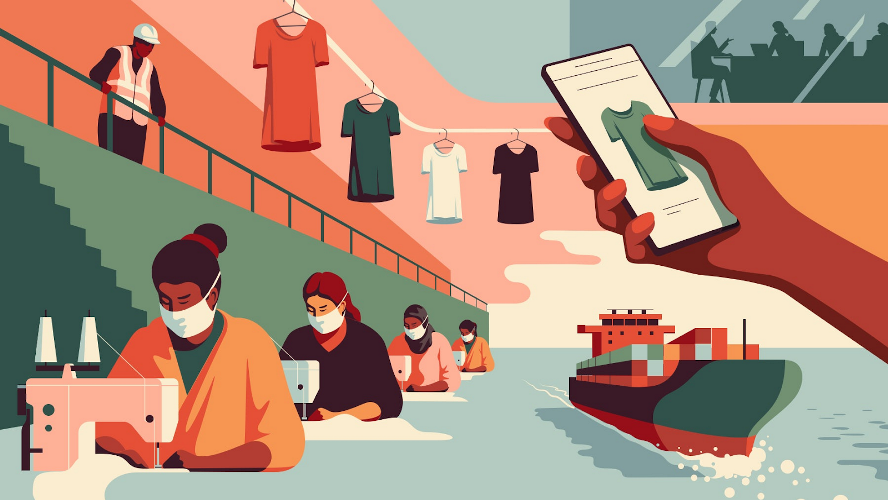
Value Chain Network. | Photo Credit: Harry Haysom
A model that could potentially address this issue is blockchain technology. Hopper highlights that blockchain “is the social consensus that will hold producers and manufacturers at every stage of the process accountable for their sustainable and ethical practices and thereby ensure truly transparent supply chains.” Blockchain technology focuses on collecting all the data into a universal platform for all to access production line data of the clothes we wear. It assists in accurate tracing, tracking and ultimately providing transparency to all who have access to it.
Let’s break this down. Caitlyn Hopper mentioned that a resource, event, agent, accounting model can be used. Each block in the blockchain would need to contain these three pieces of information: the resource (a tangible measurable object being recorded), the event (an action or process involving the resource), and the agent (any persons involved in the event involving the resource). Taking the example of the cotton t-shirt, one of the earliest blocks on the chain might involve a resource of cotton seeds, an event of them being sown and a landowner or farmer as the agent. The initial block of sowing the seed will then be chained to a new block when the cotton is harvested, tracking the journey of the seed to cotton fibre and so on.

Use of Blockchain Technology for Transparency. | Photo Credit: Vogue Business
Building a Community: Healthy Discourse and Collaboration
Dr Mariette Strydom, a senior lecturer in the Department of Life and Consumer Sciences at the University of South Africa, shared that in South Africa, there is “a shift happening in fashion where products are pulled into the market based on actual customer demand rather than pushed based on forecasts”. She suggested that this would lead to more personalization and a new generation of fashion startups that prioritise customisation; creating pressure for smaller batch sizes and on-demand replenishment of clothing pieces instead of mass production.
Tailors or dressmakers that provide such services are referred to as custom-made apparel manufacturing micro-enterprises (CMMEs). They produce custom made, unique pieces on demand that cannot be found in typical clothing shops, allowing the garment to hold more value and meaning. Fabrics are sourced locally, material quantities are measured as precisely as possible to minimise wastage and limited resources and energy are used when producing garments.
Dr Strydom adds that customers get to follow the CMME owners’ process in making the garment, ensuring not only the transparency of the supply chain processes, but also the chance to educate customers about sustainable consumption and disposal of fashion products.
Considering the problem of the short life cycle of these fast fashion garments, Dr Strydom suggested that fashion brands should collaborate with these micro CMME businesses to prepare for this shift to increased personalization, and to provide avenues and services to fix, repair and adjust garments. CMMEs embody the essence of slow fashion since batches are very small, garments are made to last long, and waste is reduced. By making use of their services, the fashion industry can become more sustainable and less wasteful by reducing overproduction and prolonging product life cycles.
Your Turn: What is Fashion to You?

You Make the Choice. | Photo Credit: Cosmopolitan UK
So, ladies and gentlemen, that was indeed a lot to take in. But we have to redefine what fashion means to us in the name of sustainability.
Is purchasing from fast fashion brands but keeping the garments for as long as possible considered being sustainable? Is supporting local small businesses (who themselves do not know whether their resources were sustainably or ethically made) considered unethical? Is sourcing from developing countries with the intention of providing skills and employment to vulnerable communities in very poor parts of the world as sustainable as local sourcing to reduce carbon footprint?
Fashion can still have new collections, it can still produce new clothing pieces, and if their workers are rightfully paid and well taken care of, fashion can go ahead and price however low they want their garments to be up to their discretion—if they make a conscious effort to ensure that true sustainability is achieved.
My opinion: I believe that most of us are doing our part in some way or another, and we shouldn’t be shaming others for their “unsustainable” consumption habits. We are all human, meaning we tend to be quick in pointing out others’ mistakes but not so quick in pointing out our own.
Fashion shouldn’t just be about creating trendy pieces, it needs to incorporate the concept of durability, relevance and restoration. More needs to be done to achieve the kind of sustainability we’ve been advocating and preaching.
True sustainability seems to have lost its meaning being a subjective concept conveyed to the masses. But I guess there is at least the merit of bringing this issue to attention. The next step: with the new models mentioned, we can continue to educate not just others, but ourselves about the circumstances our societies are in, as well as feasibly practice sustainability.
The main thing is, to remind ourselves that true sustainability takes on many other forms than what we’ve been advocating, and to seek a deeper understanding of how we can redefine fashion to encapsulate the nuances of it.
So, how would you redefine fashion in the name of sustainability?
This article was first published on THE IAS GAZETTE (28 Oct 2021).
Posted 22/03/2023
